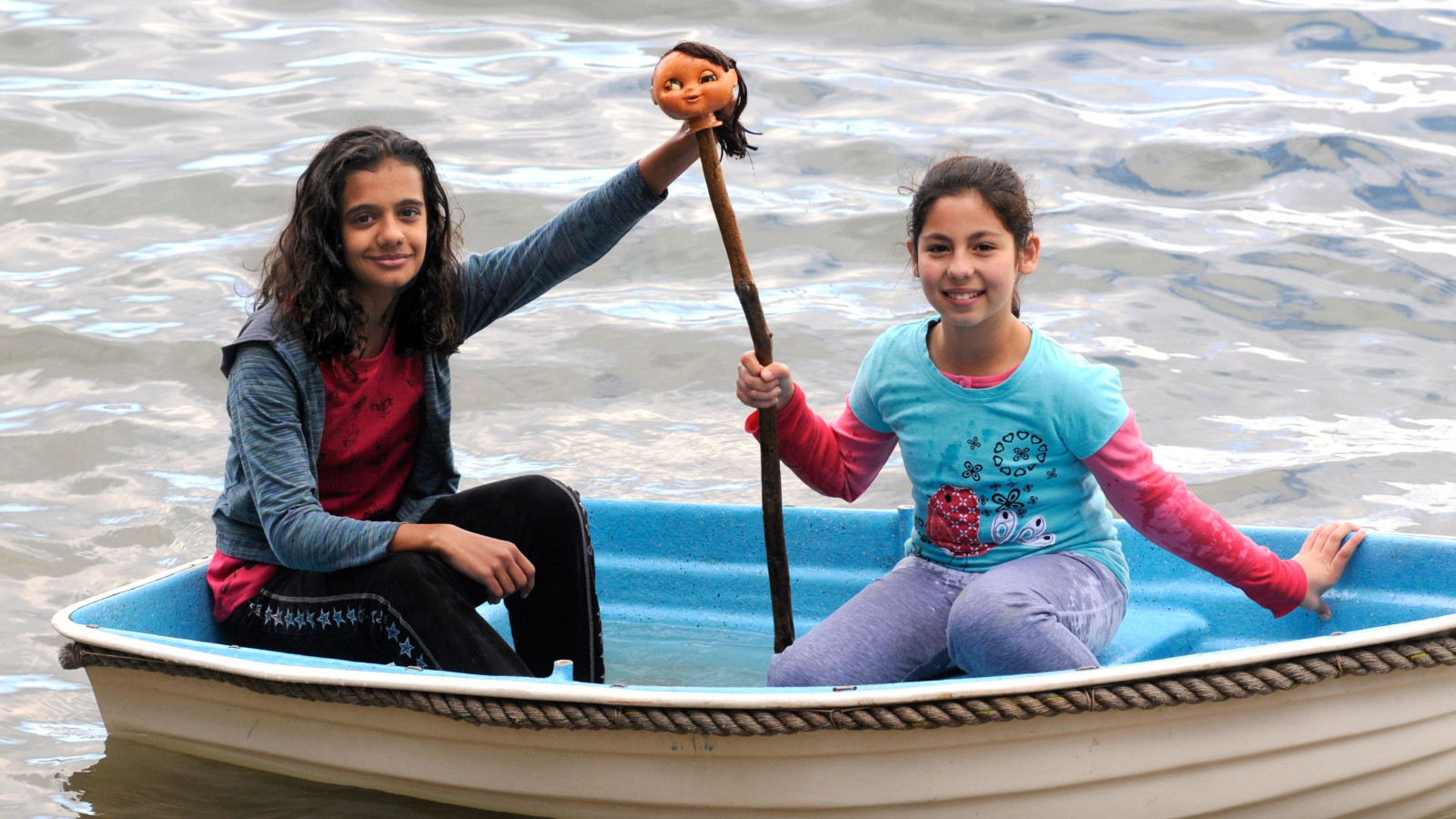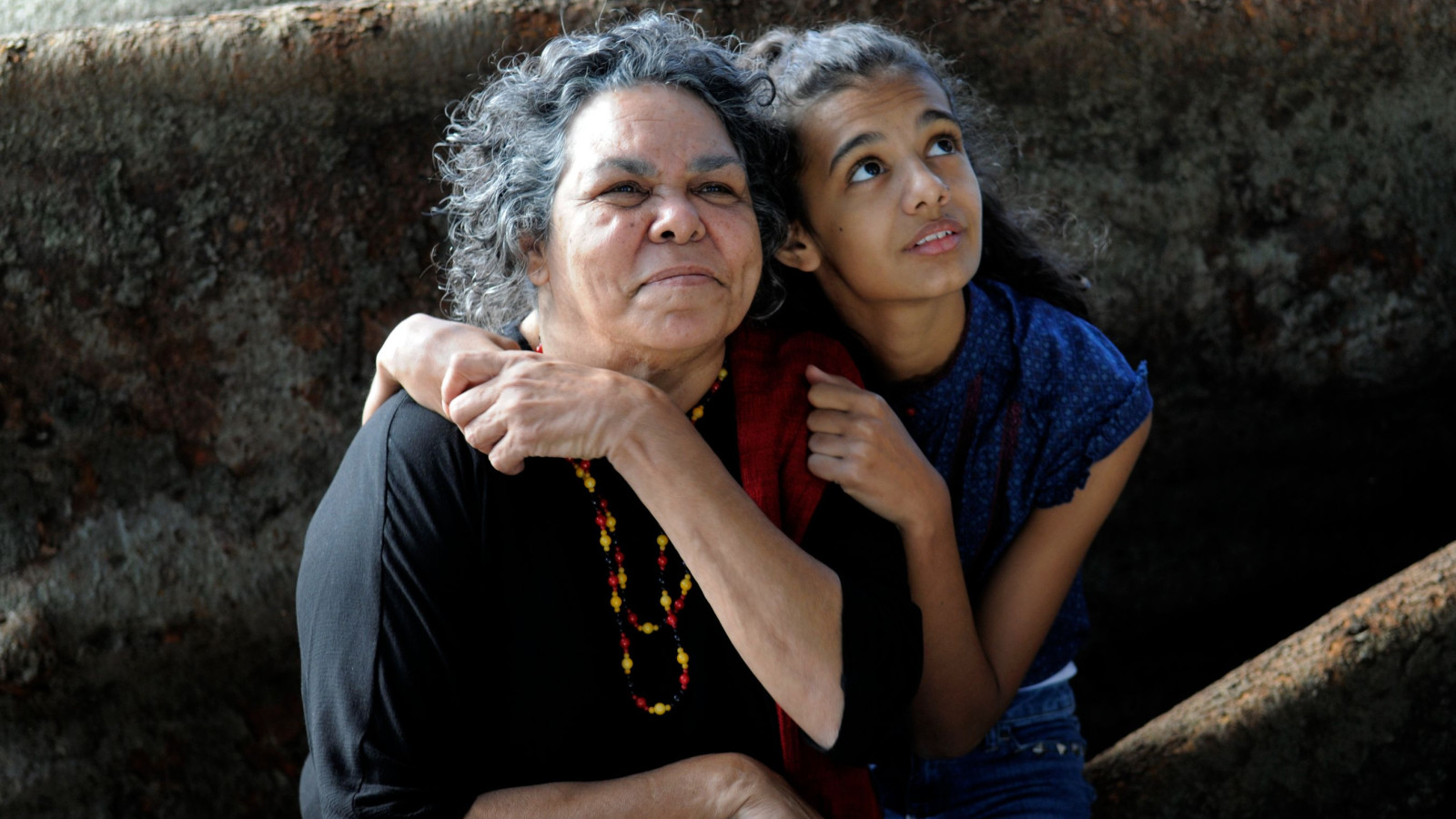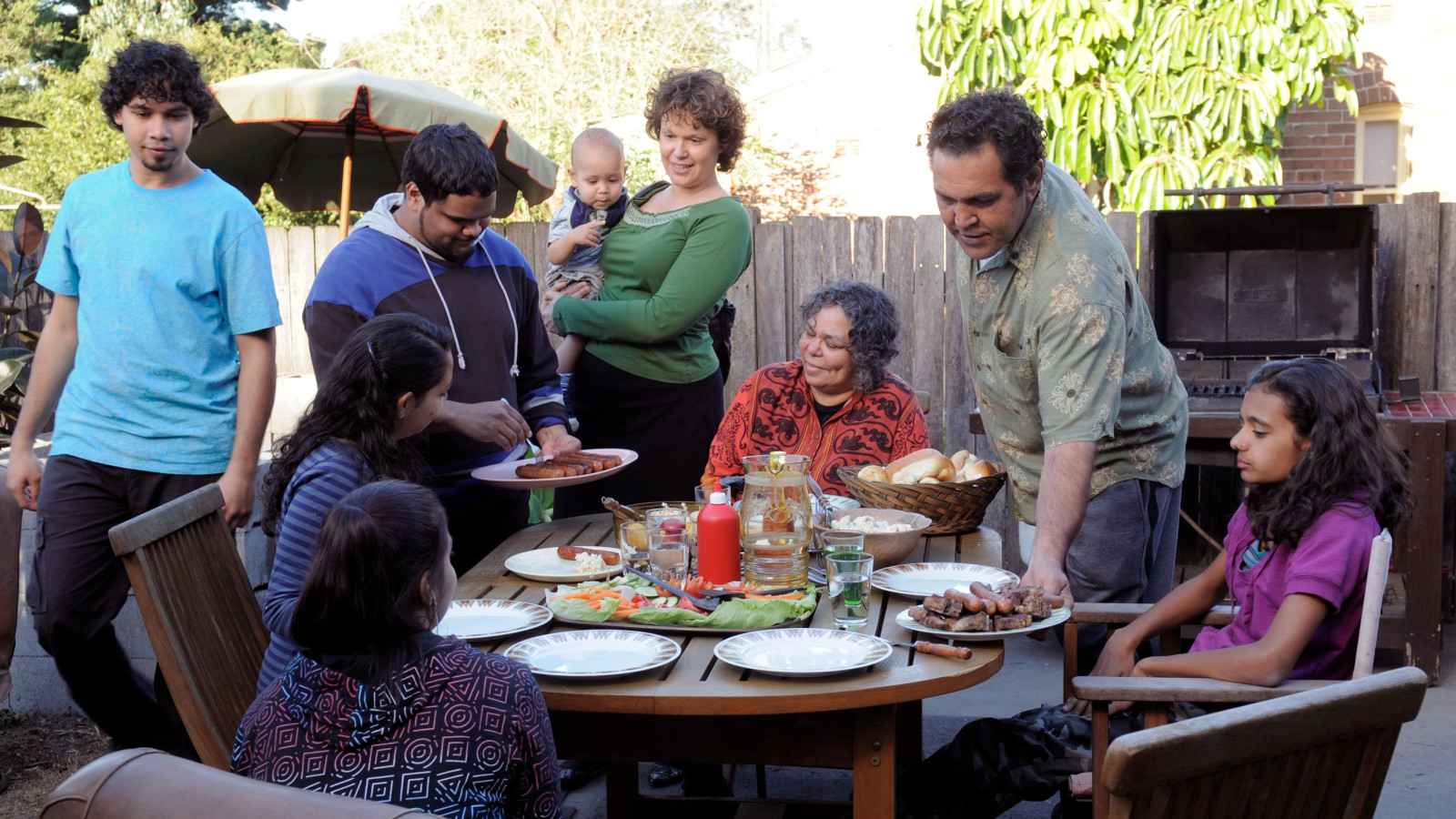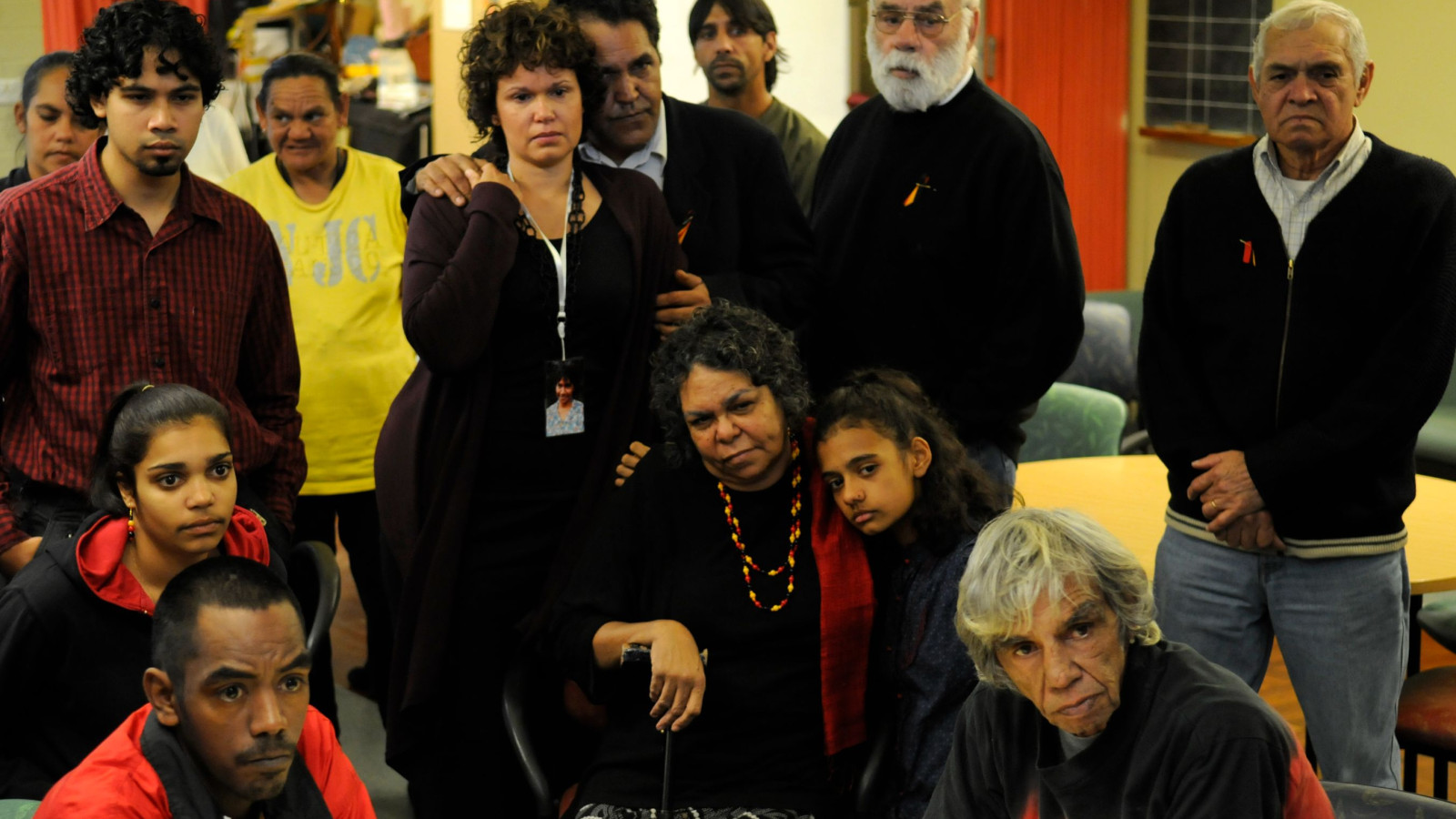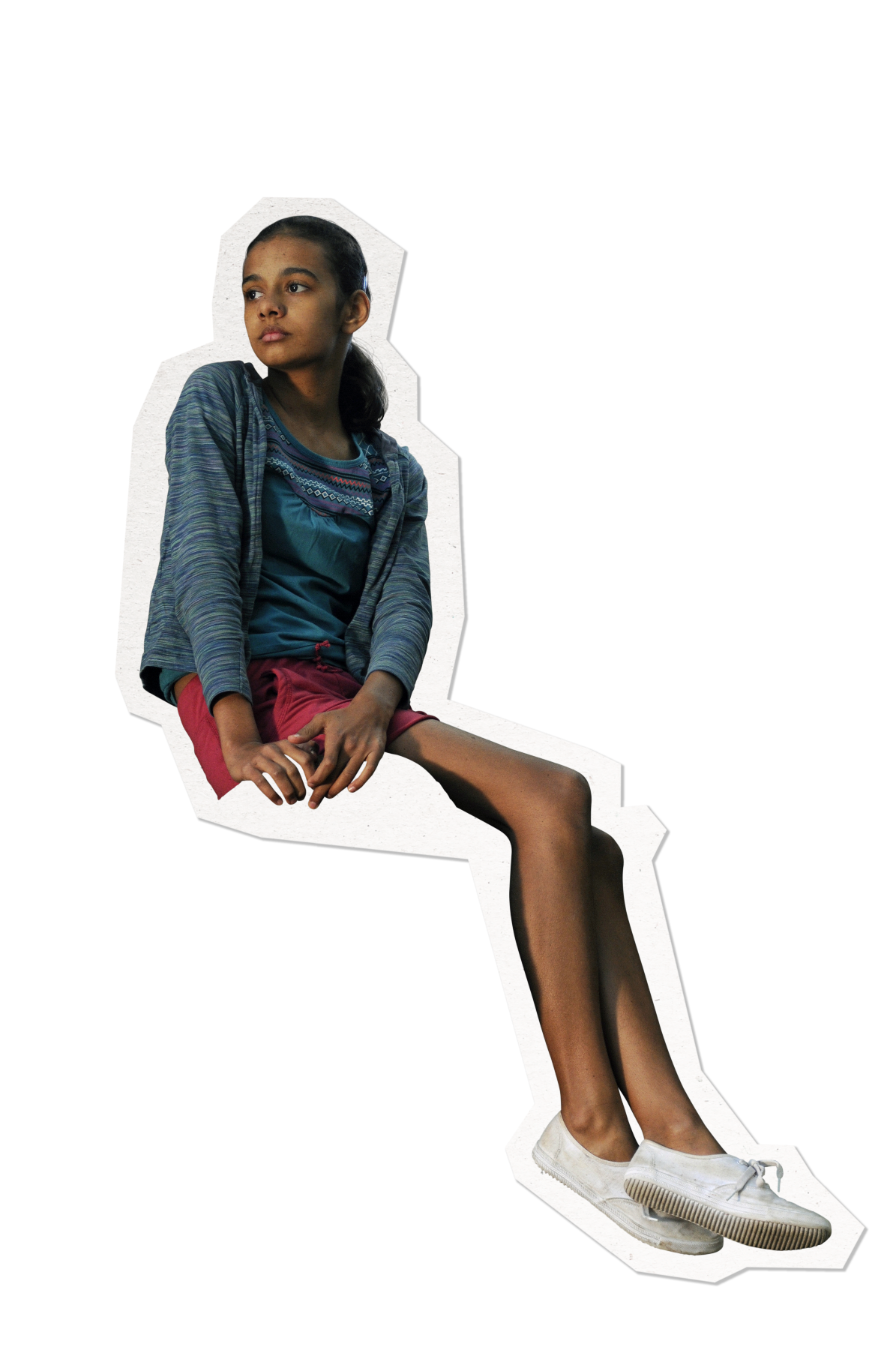
2008: Laura

In this episode, Laura borrows a dinghy to play in the canal. It sinks, taking with it the ashes of its owner's dog. Laura can't find a way to own up and say sorry. Later in the episode, Laura and her family attend a community screening of the Prime Minister’s apology.
2000s Decade Overview
The 2000s began with optimism. Sydney hosted the Olympic Games in 2000, showcasing Australia on the global stage. But this hope was soon tempered by fear and division.
- 2001: The September 11 attacks in the USA reshaped global politics. Australia responded with increased surveillance and military involvement in Afghanistan and Iraq.
- 2005: The Cronulla riots exposed racial tensions and sparked national debate about multiculturalism and belonging.
- 2008: Prime Minister Kevin Rudd delivered the Apology to the Stolen Generations on 13 February. That evening, Elder Matilda House performed the first Welcome to Country in Parliament House—marking a cultural turning point.
- 2008: The Global Financial Crisis hit, but Australia avoided recession due to strong mineral exports and government stimulus.
First Nations Focus: The Apology and Welcome to Country offer key moments of truth-telling and cultural recognition. Students can explore how these relate to personal and national responsibility.
Provocation Question
What does it mean to say sorry, and who needs to hear it?
Tuning In
Begin with a class discussion around the inquiry question: What does it mean to say sorry, and who needs to hear it?
Watch Clip: Mob at the Community Centre
In this clip, Laura and her family are at the community centre to listen to Prime Minister Kevin Rudd’s address to Indigenous people apologising for decades of government policy that allowed children to be stolen from their families. However, Laura is more concerned with the apology she needs to make to Michaelis.
As a class, reflect on the provocation and explore the meaning of “mob” in Laura’s world. Through discussion and emotional mapping, surface prior knowledge and personal connections to apology, truth-telling and belonging.
Reflect
As a class, discuss the following questions:
- What does “mob” mean in this context?
- What does saying sorry mean to Laura?
In small groups, investigate the significance of the Apology and the role of ‘community’ in healing. Choose how to document your thinking:
A Belonging Collage (images and words)
or
A “What Sorry Means to Me” mural or group poster
Finding Out
Watch Clip 2: The Dinghy Incident
In this clip, Laura is playing in a small boat on the water. The playful adventure takes an unexpected turn when the boat begins to sink. In the chaos, a container holding the ashes of the boat owner's cherished dog are thrown overboard.
Examine Laura’s internal conflict. Reflect on the emotions involved in hiding the truth and explore the historical context of the 2008 Apology and the Stolen Generations. Investigate cultural protocols such as Welcome to Country and the role of Elders.
Think – Pair – Share and discuss:
- Why is it hard for Laura to admit her mistake?
- How does the national apology connect to personal responsibility?
Research the Stolen Generations and First Nations leadership
From Laura’s perspective, write a personal apology letter to Michaelis.
Sorting Out
Watch the full episode to identify turning points in Laura’s story. Analyse her choices using a Choices and Consequences (cause and effect) T-chart and sort ideas into themes such as Personal Responsibility, Cultural Protocols, and Collective Healing. Compare Laura’s personal apology journey with the national apology.
Going Further
Analyse Laura’s interactions with Michaelis and her mob, exploring relational dynamics and the role of community in emotional growth.
In pairs, role-play dialogue between Laura and Michaelis.
Connect Laura’s story to broader ideas and stories on reconciliation and resilience. Express truth-telling through narrative formats.
- What voices are missing from the conversation?
- How do these stories connect to my own?
Create a My Place story map to illustrate significant events from this decade.
Making Connections
Reflect on Laura’s emotional transformation and the community’s response. Synthesise learning through personal reflections, visual representations, and group sharing.
By re-watching Clip 1, identify and discuss key takeaways about reconciliation and community to inform a My Place journal entry to address the following questions:
- What have I learned about belonging and respect?
- How have my ideas changed?
Taking Action
Apply learning in real-world contexts to co-design a class initiative that promotes truth-telling and cultural respect. Where appropriate, engage with First Nations protocols through storytelling, cultural ceremonies and community events in your local area.
- How can I use what I’ve learned to make a difference in my local area?
- What actions show respect across cultures?
Australian Curriculum Links
|
Year |
Content Description |
CCP Integration |
|
Year 3 |
AC9HS3K02 Significance of commemorations |
Explore the Apology as a national act of truth-telling and healing |
|
Year 4 |
AC9HS4K02 Impact of colonisation |
Examine the Stolen Generations and the role of Elders in cultural continuity |
|
Year 5 |
AC9HS5K02 Causes and effects of change |
Investigate reconciliation and the role of government in addressing past injustices |
|
Year 6 |
AC9HS6K02 Democratic values and processes |
Analyse the Apology as a democratic milestone and its cultural significance |
|
Year 7 |
AC9HH7K01 Historical perspectives |
Evaluate First Nations perspectives on colonisation and resilience |
|
Year 8 |
AC9HH8K02 Continuity and change |
Connect global events (e.g. 9/11) with local impacts on First Nations communities |
|
Year 9 |
AC9HH9K06 Significance of historical events |
Assess the Apology’s role in shaping national identity and cultural recognition |
|
Year 10 |
AC9HH10K11 Human rights and social cohesion |
Explore the legacy of the Stolen Generations and the importance of cultural safety |
|
Year |
Content Description |
CCP Integration |
|
Year 3–4 |
AC9E3LE01 / AC9E4LE01 Personal responses to texts |
Reflect on Laura’s emotional journey and connect with First Nations storytelling traditions |
|
Year 5–6 |
AC9E5LE01 / AC9E6LE01 Characterisation and theme |
Analyse Laura’s moral dilemma alongside the Apology’s themes of truth and responsibility |
|
Year 7–8 |
AC9E7LE01 / AC9E8LE01 Representation and voice |
Explore First Nations perspectives through Laura’s mob and the community gathering |
|
Year 9–10 |
AC9E9LE01 / AC9E10LE01 Intertextuality and context |
Connect the episode to broader texts on reconciliation, identity, and cultural resilience |
Country/Place: Highlight the significance of Welcome to Country and the connection to land and community in Laura’s story.
Culture: Explore the diversity and strength of First Nations cultures through the mob’s gathering and shared storytelling.
People: Acknowledge the lived experiences of the Stolen Generations and the role of Elders like Matilda House in cultural leadership.
